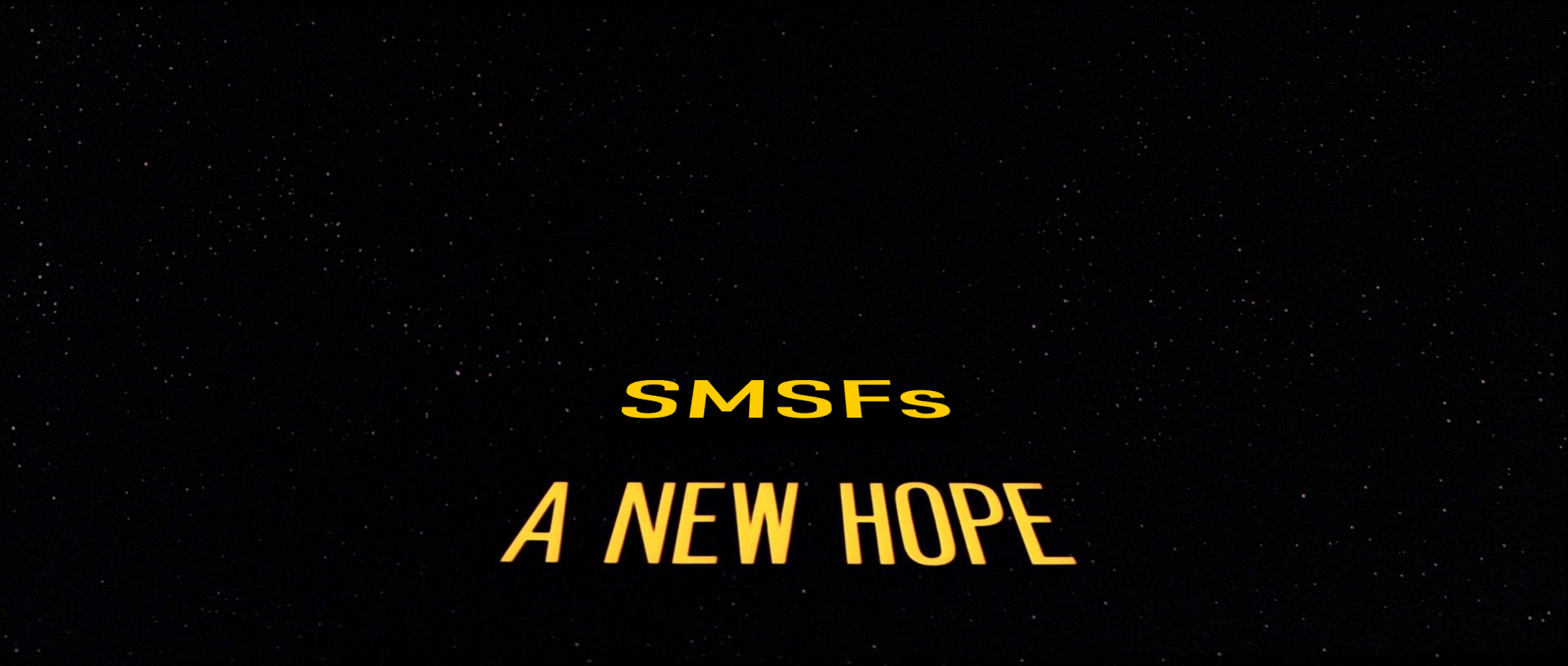Just like in Star Wars IV (actually, it was the first episode in the series made back in 1977), the Coalition Government in winning the Federal election has provided a ‘new hope’ for the SMSF industry. There was genuine concern about just what impact a Labor Government would have had for the sector, given that many of the super measures looking to be changed specifically targeted the SMSF sector, from those building for retirement, right through to those in draw-down phase. It was the opposition Treasurer, Chris Bowen that said “if you don’t like our policies, then don’t vote for us…” Well, hasn’t that statement come back to bite them, snatching defeat from the jaws of victory!
As a result of this win by Coalition, the SMSF sector should be buoyed by the result with:
- The franking credit system remaining unchanged. The attack on the imputation system by Labor has highlighted the increasing revenue ‘hole’ that the refundable nature of imputation credits provides for future Governments. The ATO annual SMSF statistics highlighted the impact of ‘mega’ funds that were a clear target by Labor as the root cause of the franking credit issue. In reality, the focus by Government may need to either providing an additional tax layer of fund earnings (say 30%) for these massive funds or capping values within super, rather than trying to implement tax measures that target the elite few, but in reality have a much greater impact across the broader community.
- LRBAs are here to stay (for now). The Coalition will continue to look to the Council of Financial Regulators (CFR) for guidance as to any systemic risks being imposed on the use of borrowing within super. You would expect a continuing number of younger SMSF entrants continuing to look at this strategy to acquire business real property and residential property. It will be interesting to see how the banks look to respond now, all having left the market in the past 12 months. Expect the Government to reintroduce the measure to include new LRBAs with a member’s TSB – this was part of the Treasury Laws Amendment (2018 Superannuation Measures No. 1) Bill 2018 that lapsed with the election called.
- 6 member SMSFs back on the agenda? it was a direct response by the Coalition to respond to Labor’s franking credit policy, yet the Government has mentioned through the campaign that they would look to move forward with increasing the number of members within a SMSF from 4 to 6.
- A more flexible contribution landscape continues… a significant bonus from the Coalition victory is the fact that we will see the continuation of concessional contributions available within the $25k cap without the application of any 10% rule. Furthermore, as we move into a new financial year, the unused catch-up concessional contributions will become available for use with member’s that have a TSB < $500k, providing more flexibility with contributions into super.
- The budget super measures will now also go through – there were a couple of changes announced in the federal budget that will now proceed, in particular expanding the age for making contributions without having to meet a work test to include ages 65 and 66 from 1 July 2020, along with changes for determining ECPI within a SMSF and further investment into SuperStream for the ATO to expand the rollover standard for the release of monies under certain arrangements.
In addition the the above, it will be interesting to see how the superannuation landscape evolves under a Coalition Government based upon the key recommendations from both the Royal Commission and Productivity Commission. The SMSF sector has mostly been removed from these reports, meaning it provides an opportunity to progress the sector forward whilst other parts of the super industry need to contemplate the future impact of these potential reform measures.
The result provides some much needed certainty for the superannuation sector, which can only be seen as a positive outcome. How long it stays this way, your guess is as good as mine…








